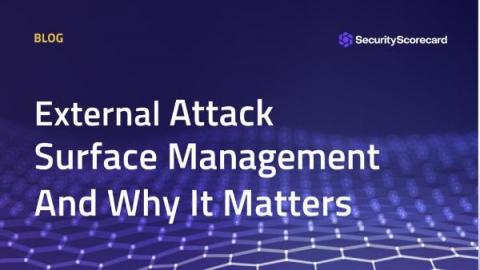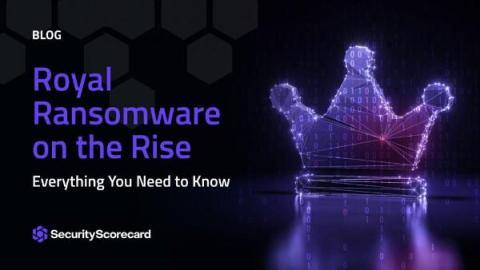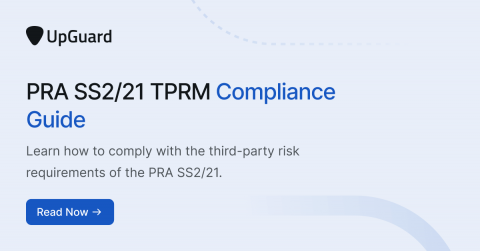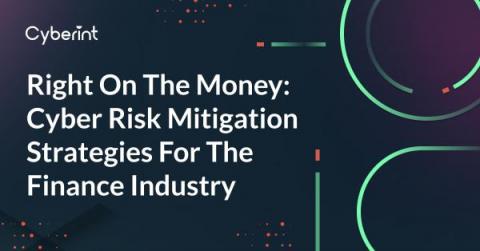Why External Attack Surface Management Matters
Organizations face a growing number of external cyber threats that are becoming increasingly sophisticated and harder to detect. With the rise of remote work and cloud-based technologies, organizations’ attack surface has expanded significantly, making it difficult for security teams to maintain a strong defensive posture.









